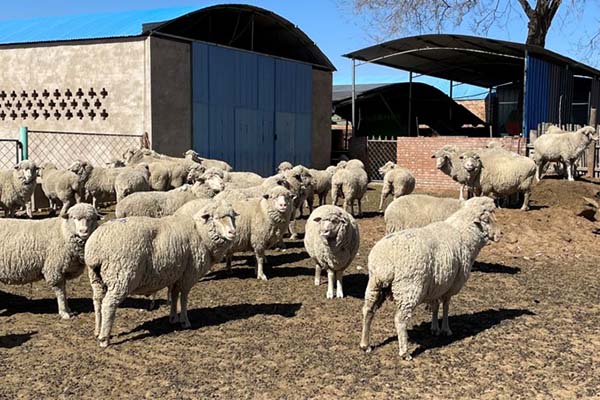A group of Elders staff and clients recently returned from a two-week tour across China, visiting a range of textile mills, farms and retail operations that process and sell Australian wool.
 The tour group outside the factory in Nanshan, China
The tour group outside the factory in Nanshan, China
The trip is part of an ongoing effort to connect Australian woolgrowers with the people and places that handle their product after it leaves the farm.
District Wool Manager Craig Potter joined three other Elders representatives, Claire Loveridge, Travis King and Kevin Webber, along with 30 clients, on the trip.
“This kind of trip helps complete the picture for growers,” Craig said.
“You spend your time here growing the wool, but this lets you see what happens next. Who’s using it, what they value, and how it gets turned into the final product.”
China is a significant market, with approximately 85 per cent of Australian wool processed in China, and nearly half of that remaining in the country to be worn by Chinese consumers 1.
The group visited a range of wool mills, including Red Sun in Shanghai and Nanshan Textiles in Yantai, one of the world’s only fully vertical operations, transforming greasy wool into 2,000 finished suits per day on a single site. They also visited farms in Inner Mongolia, where Merino sheep are raised in particularly tough conditions using largely Australian genetics.
They also visited farms in inner Mongolia, where Merino sheep are raised in particularly tough conditions using largely Australian genetics.
“There’s a lot of pride in what they’re doing, and a real willingness to share ideas,” Craig said.
 Sheep in a local sheep farm in Mongolia, visited by the group.
Sheep in a local sheep farm in Mongolia, visited by the group.
“It was obvious how excited they are about wool and the opportunities it brings.”
One highlight of the trip was visiting luxury fashion brand Icicle in Shanghai.
“We picked up a wool coat and scanned the QR code on the tag,” he said.
“It traced the wool back to Michelle and Grace Elsom’s farm in Western Victoria, who were actually on the trip with us. That was a pretty special moment.”
The coat was part of Icicle’s traceable Superfine Merino Wool Collection, developed in collaboration with Woolmark. Each garment in the range includes a QR code that allows customers to verify the authenticity and origins of the wool used, connecting the final product directly back to the farm.
Other stops included a visit to Donghua University, where wool researched and development is underway in partnership with Australian Wool Innovation, and the massive Shanghai textile expo, featuring the latest trends and technology in fibres from around the world.
“We also saw how wool is treated during processing, it gets rested between every stage to protect the fibre,” Craig said.
“That kind of detail helps you understand why high-end wool garments cost what they do.”
 Barrels of wool tops at one of the factories at Nanshan visited during the tour.
Barrels of wool tops at one of the factories at Nanshan visited during the tour.
The tour offered value not just in understanding the global market, but in bringing together a group of like-minded woolgrowers to share the experience.
“For me, it was a real eye-opener,” Craig said.
“Trips like this help us understand how we fit into that bigger picture.”
References
1. ABC: Wool industry explores domestic processing to reduce supply chain and trade 'risks'